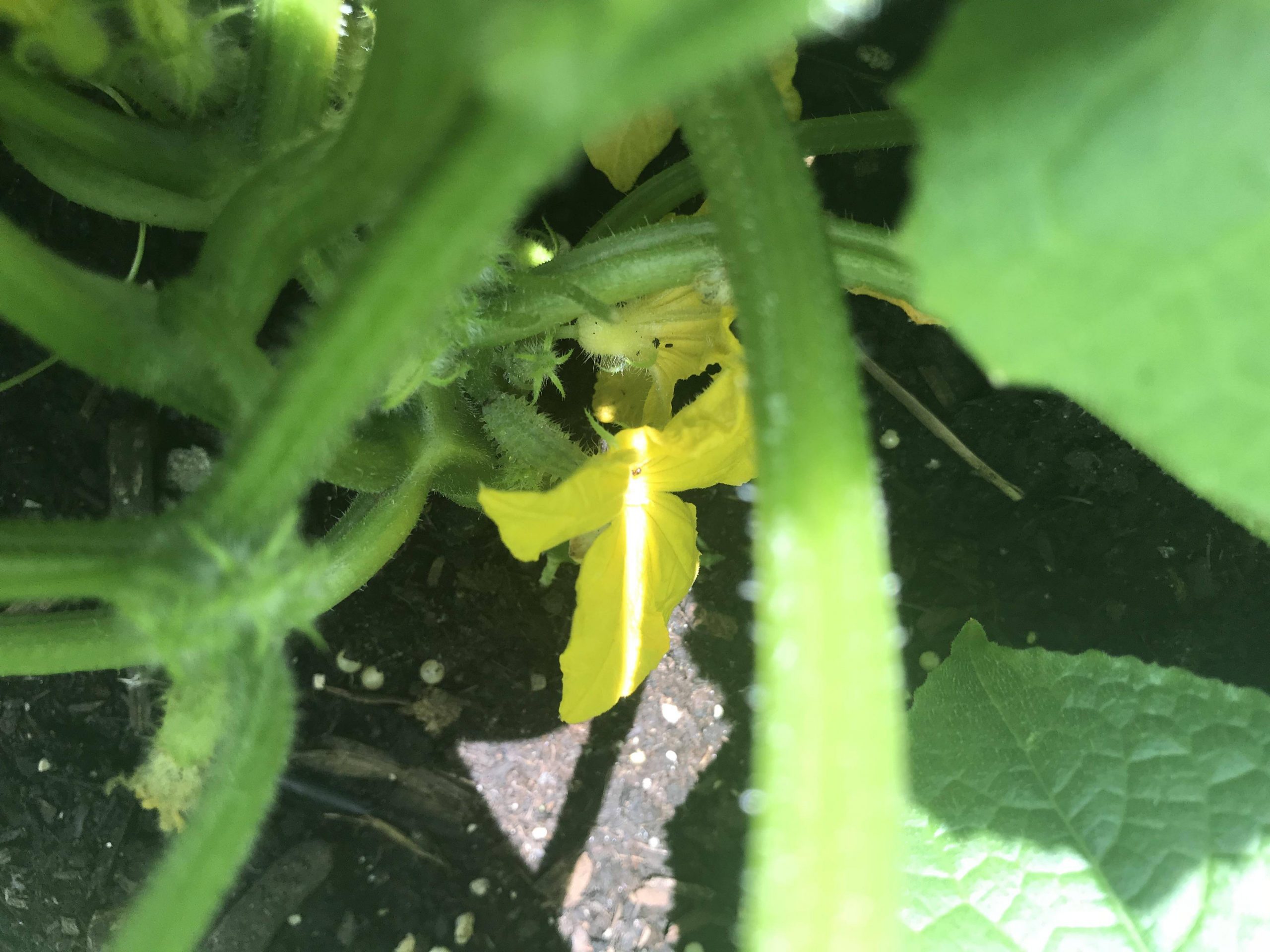For many home gardeners and commercial growers, cucumbers are a staple crop to plant each year However, getting good yields consistently can be a challenge with traditional cucumber varieties that require pollination Factors like weather, insect populations, and proper pollination timing can all affect the success rate of fruit set.
Fortunately, there are specialized cucumber varieties that eliminate the pollination factor altogether. These “parthenocarpic” cucumbers are self-pollinating, producing fruit without any need for external pollen transfer. This makes them ideal for greenhouses, indoor growing, and any situation where pollinators may be scarce.
In this article, we’ll explore what makes parthenocarpic cucumbers unique, their advantages for growers, and some specific varieties to consider.
What Are Parthenocarpic Cucumbers?
The term “parthenocarpic” comes from Greek words meaning “virgin fruit,” referring to a plant’s ability to set fruit without pollination While many cucumber varieties require the transference of pollen from male to female flowers to produce cucumbers, parthenocarpic varieties bypass this process entirely
Instead, the ovaries within the female flowers are triggered to grow into cucumbers even in the absence of pollination and fertilization. This gives parthenocarpic cucumbers their ability to self-pollinate and produce consistent yields without relying on outside pollinators.
One key trait of parthenocarpic cucumbers is that they typically produce seedless or nearly seedless fruits, since seeds require the fertilization process. However, if pollination does accidentally occur some varieties may develop a limited number of seeds.
Advantages of Parthenocarpic Cucumbers
Choosing parthenocarpic cucumber varieties offers several benefits:
-
No need for pollinators – Eliminates dependence on bees, hummingbirds, etc. for fruit production
-
Higher yields – Not affected by variables in natural pollination, giving more reliable output
-
Seedless fruit – Preferred by many for fresh eating and pickling
-
Indoor/greenhouse growing – Allows cucumbers to be grown year-round in controlled environments
-
Urban gardening – Suits small spaces, patios, balconies, vertical gardens where pollinators are limited
-
Earlier planting – Can be started indoors earlier since pollinators not required later
Parthenocarpic cucumbers unlock flexibility that allows growers to maximize space and yields.
Top Parthenocarpic Cucumber Varieties
Many excellent parthenocarpic cucumber varieties are available for home gardens and commercial production. Here are some top options:
General Parthenocarpic
-
Marketmore 76 – Versatile slicing cucumber, disease resistant, 8″ long fruit
-
Bella – Prolific mini cuke, only 3-4″ long, sweet flavor
-
Sweet Success – Burpless, sweet flavor, tender skin
Beit Alpha (Middle Eastern Type)
-
Katrina – High yields, sweet flavor, tolerates heat well
-
Little Leaf – Extremely compact plants with prolific 3-4″ fruits
-
Socrates – Delicious, thin-skinned, tolerates cooler temps
European & Pickling Types
-
Poona Kheera – Unusual brownish color, crisp and cooling flavor
-
Green Finger – Tender skin, no peeling needed, 6″ fruits
-
Piccolino – Early, 3-4″ pickling cukes, crispy texture
With parthenocarpic cucumbers, you can choose varieties based on flavor, use, and growing conditions rather than pollination factors. They make cucumber gardening much simpler and expand options for maximizing yields. Give parthenocarpic cucumbers a try this season for a low-fuss, high-output cucumber harvest!
How to Hand-Pollinate for More Cucumbers
FAQ
What cucumber varieties are parthenocarpic?
Do burpless cucumbers need pollination?
Are straight eight cucumbers self-pollinating?
Why do cucumber plants grow without pollination?
Plants that produce long, seedless cucumbers originated in European greenhouses and are termed parthenocarpic, which means they yield cucumbers without pollination. These cucumber plants must be grown in greenhouses to exclude bees because pollination causes their cucumbers to become misshapen and bitter. Article continues below this ad
Do cucumbers need to be pollinated?
If you’re growing your cucumbers outdoors, remember that Burpless Tasty Green is an outdoor ridge type and requires pollination by insects so don’t remove any male flowers! For anyone looking for easy-to-grow vegetable options that don’t require insect pollination, self-pollinating cucumber varieties are a great choice.
Do parthenocarpic cucumbers need pollination?
The motivation for breeding parthenocarpic cucumbers was originally to increase yields of greenhouse cucumbers. Without requiring pollination, you can grow parthenocarpic cucumbers under protection, indoors, or in climates with few natural pollinators, and you don’t need to manually pollinate them.
Do gynoecious cucumbers pollinate?
Commercial growers often mix gynoecious cultivars with monoecious cultivars at a ratio of about 9 to 1. This provides enough male flowers to successfully pollinate the entire crop. Plants that produce long, seedless cucumbers originated in European greenhouses and are termed parthenocarpic, which means they yield cucumbers without pollination.
- The Ultimate Guide to Growing Strawberries in Raised Beds - August 8, 2025
- No-Dig Garden Beds: The Easiest Way to Grow a Beautiful Garden - August 6, 2025
- How to Protect and Preserve Wood for Raised Garden Beds - August 6, 2025

